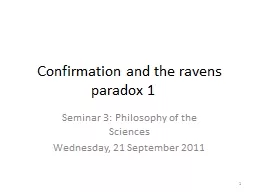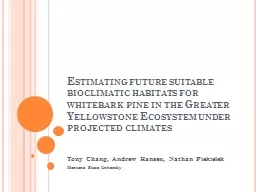PPT-*Tissue sample suitable for initial diagnosis of CUP at study site, confirmation of CUP
Author : burganog | Published Date : 2020-06-30
Sample suitable for analysis of circulating tumour DNA using Foundation Liquid assay MX39795 Study Design Inclusion criteria Histologically confirmed CUP nonspecific
Presentation Embed Code
Download Presentation
Download Presentation The PPT/PDF document "*Tissue sample suitable for initial diag..." is the property of its rightful owner. Permission is granted to download and print the materials on this website for personal, non-commercial use only, and to display it on your personal computer provided you do not modify the materials and that you retain all copyright notices contained in the materials. By downloading content from our website, you accept the terms of this agreement.
*Tissue sample suitable for initial diagnosis of CUP at study site, confirmation of CUP: Transcript
Download Rules Of Document
"*Tissue sample suitable for initial diagnosis of CUP at study site, confirmation of CUP"The content belongs to its owner. You may download and print it for personal use, without modification, and keep all copyright notices. By downloading, you agree to these terms.
Related Documents














